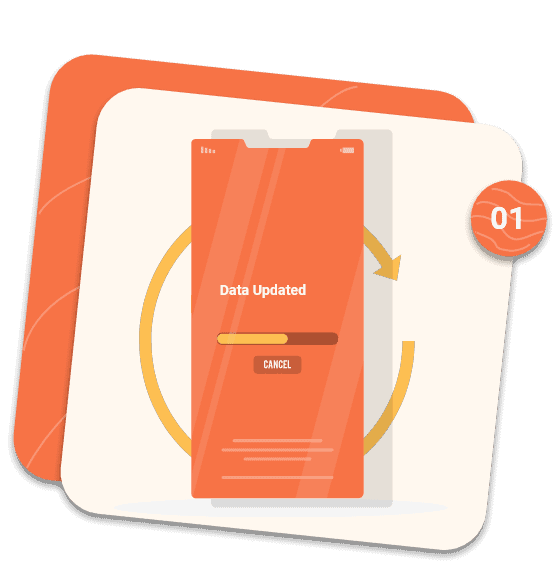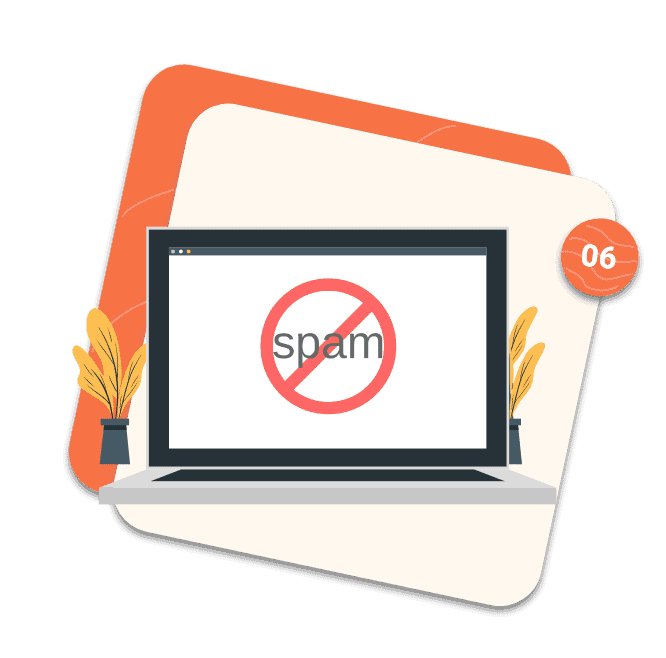
If you need sales and marketing data to help you prospect better, you’ve probably come across several contact data solutions on the internet like ZoomInfo, UpLead, Apollo, and more that offer a range of solutions from web scraping to data enrichment.

These are solutions offered by third-party data providers, with the main goal of helping businesses acquire accurate B2B contact information. They can include one or a combination of solutions such as:
There is no shortage of what you can get as long as you have a need. The question then is what do you need and how do you measure which solution is the best fit for you?
In this infographic article, we’ll go over 10 essential metrics to help you choose and measure the performance of B2B contact data solutions. If a solution that you’ve chosen doesn’t deliver across these key performance indicators, then it’s probably best to reconsider your data provider.

The frequency with which your data provider updates the information in their database should be relayed to you upfront. Anything longer than 90 days is a serious red flag and will result in you buying stale datasets.
B2B contact data lists decay by 25% every year. Look for data providers that offer monthly or real-time updates.
Deliverability is the percentage of emails sent that are delivered into recipient’s inboxes without bouncing. Alternatively, a bounce rate is when emails do not deliver to recipient’s inboxes. While choosing a data provider, ask for this information upfront!
A good deliverability rate is 95% or higher, while a bounce rate should never exceed 3%.


When trying out a data provider, analyze the data you receive. The percentage of data received that matches your Ideal Customer Profile (ICP) criteria is the match rate. A high match rate indicates that your data provider is a good fit for your specific needs.
Consider your targeting goals and settle for no less than an 85-90% match rate.
The percentage of delivered emails that were opened by recipients is the open rate. Like the match rate, an open rate is also a great indicator of good-fit contact data. If you are sending a message meant for ICP to the wrong people, it’s unlikely they will ever open your email.
An ideal open rate for your campaign is between 15-30% or higher.


An opt-out or unsubscribe is when a recipient chooses to no longer receive any email communications from you after receiving your email. It’s bad for several reasons. It’s an indicator of a failed match and creates a negative sender domain reputation. It is a bold red sign that your data provider is not the right one for you.
An opt-out or unsubscribe rate over 0.5% is a sign that something isn’t working.
Are your emails being marked as spam? If the people you are prospecting find your emails completely irrelevant and go as far as to mark them spam, that is the most tell-tale sign of an awful match. It also damages your sender reputation and harms your email deliverability rate.
The standard for an acceptable spam rate is 0.1%. Anything above this marker is a high spam rate.


Your list churn rate is a measure of how quickly your email subscribers are leaving your email list. Though it largely depends on the continued relevance of your content, a high churn rate within the first few campaigns could be another indicator of a bad match.
An acceptable churn rate depends on your organization type and size but should be no higher than 5-7% annually.
Measure the revenue generated from your leads against the cost-per-lead or the cost of your data provider’s services. Determine and set ROI goals and communicate this to your data provider.
Return-on-investment (ROI) is the ratio of profit to the cost of acquiring leads.


Compliance is the foundation of successful data-driven marketing. Avoid legal risks—ensure upfront that your provider’s data sourcing practices are legally sound and transparent. It is essential that your data provider adheres to global and regional data privacy regulations of the region you’re prospecting in.
Your B2B data should be compliant with the General Data Protection Regulation (GDPR).
Opt-in verification is not only a crucial component of compliance but also lets you target relevant contacts. Before you buy data, make sure that your data provider offers 100% opt-in verified emails.
Opt-in verification is the process through which your data provider confirms and validates a recipient’s explicit consent to receive communications from a sender, known as opting in.

ReachStream’s database is 100% opt-in verified. Our 7-step data validation process ensures the best performance across all 10 metrics so that you can focus on converting your leads. Try us for free!
Pitch Your Idea To Your Ideal Customers Today

